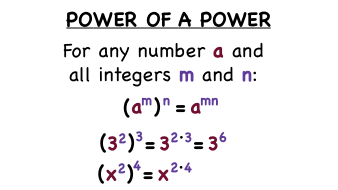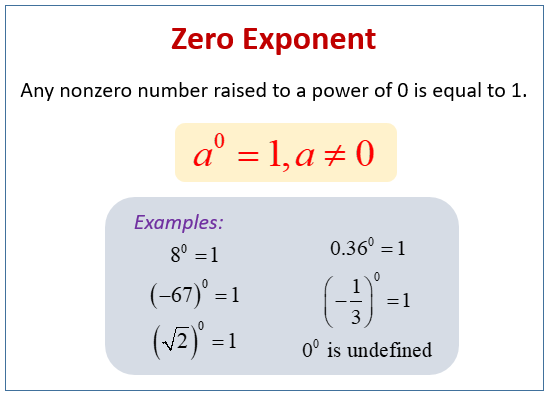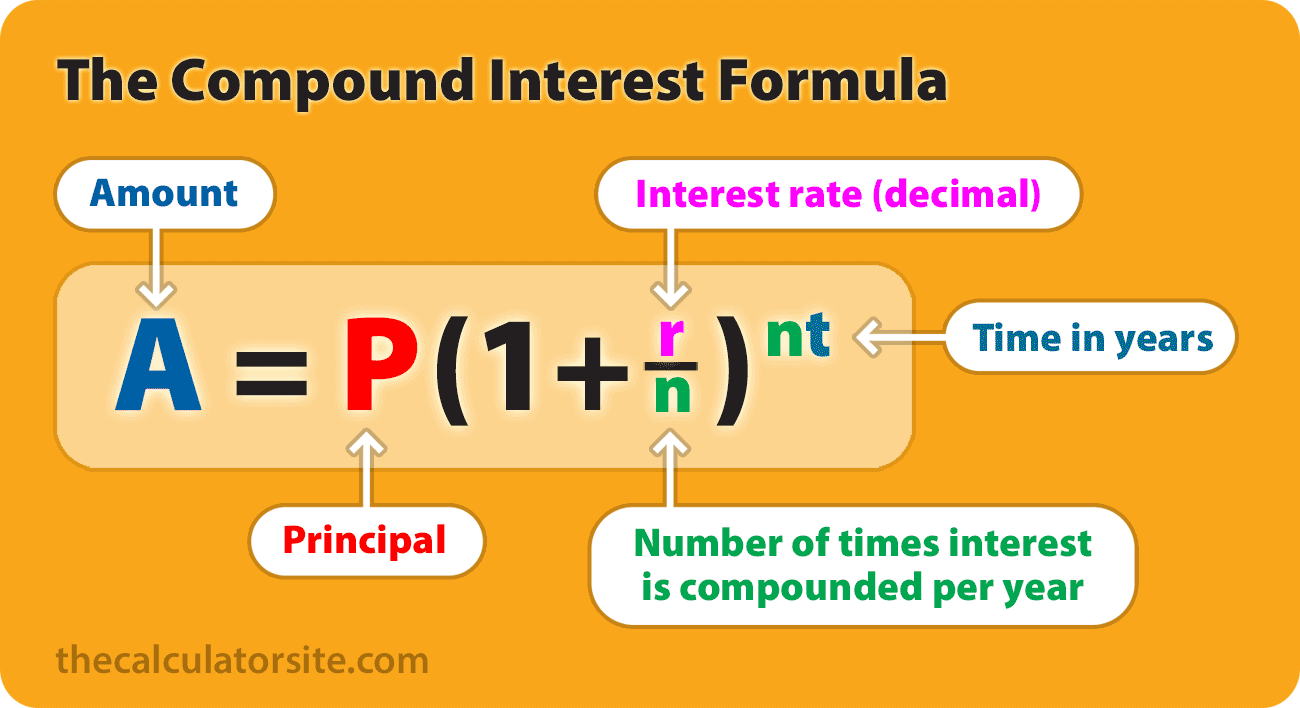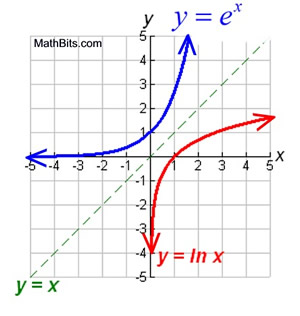Logarithms and Exponentials
1/19
Earn XP
Name | Mastery | Learn | Test | Matching | Spaced |
|---|
No study sessions yet.
20 Terms
Multiplying exponents/powers of the same base.
Add the exponents/powers.

Dividing exponents/powers of the same base.
Subtract the exponents/powers.

Raising to a power with a term with a pre-existing exponent/power.
Multiply the exponents/powers.

Zero Power
Anything to the power zero is 1

Negative exponents/powers.
Transform the term into a fraction.

Fractional exponents/powers.
The denominator becomes the root and the numerator as the new exponent/power.

Compound Interest formula.
A = P(1 + r/k)kt
A Final Amount
P Initial amount (also known as principle)
rInterest rate
kNumber of times interest is applied (periods)
t Time

Continuous growth formula.
A = Pert
A Final Amount
P Initial amount (principle)
r Growth rate
t Time

What is the general form of an exponential function?
f(x) = a ∙ b^x

What points (x,y) do ALL exponential functions share?
The point (0,1)
What does a represent in f(x) = a ∙ b^x?
a represents the y-intercept: (0, a)
What does b represent in f(x) = a ∙ b^x?
b represents the common ratio (a common difference)
What do logarithms UNDO?
Logarithms undo powers.
What is the common logarithm?
Logarithmic functions written without a specified base, instead, an invisible 10.
Also referred to as base 10.
What is the natural logarithm?
A Logarithmic function (log) with a base of e. This is written as ln.

What point (x,y) do ALL log functions share?
The point (1,0).
How could you write the logarithmic equation for y = bx
logb y = x OR x = logb y
What is the restriction for x in y = bx AND logb y = x?
None!

What is the restriction for b in y = bx AND logb y = x?
b > 0 but b ≠ 1

What is the restriction for y in y = bx AND logb y = x?
y > 0
